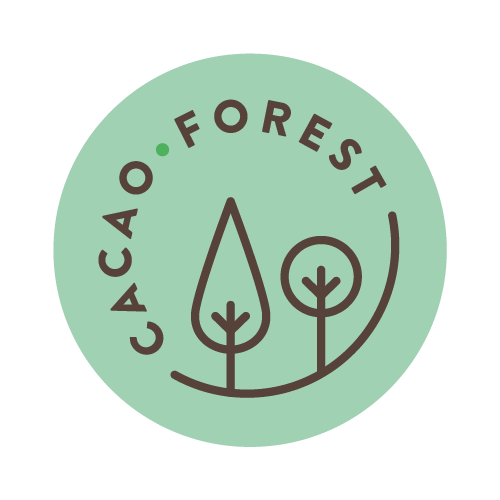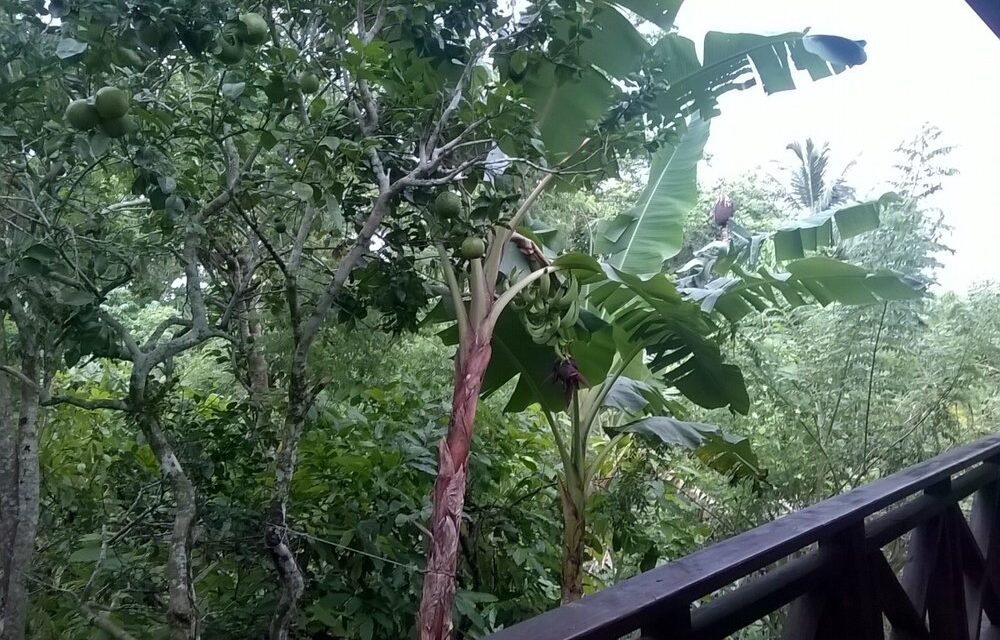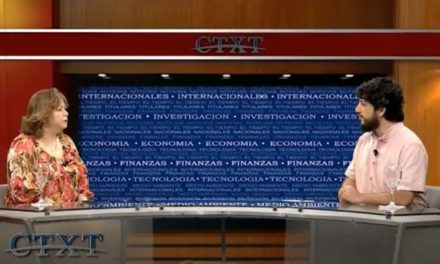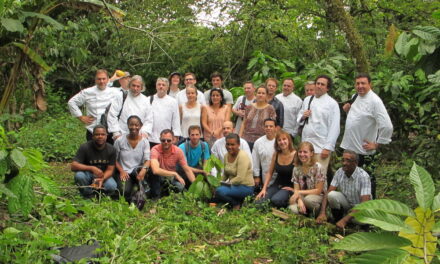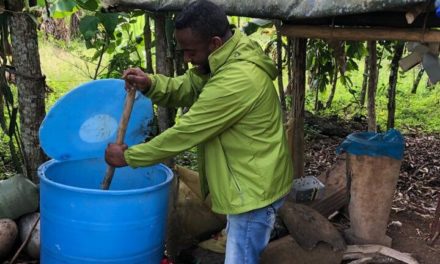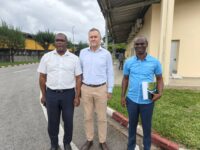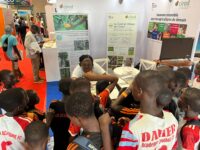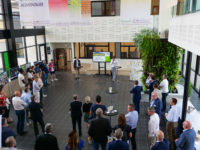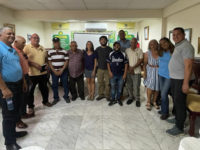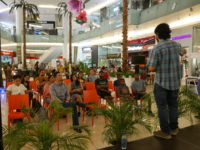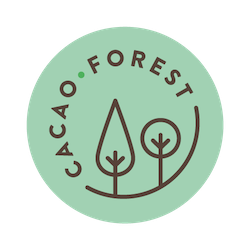What’s an agroforestry system?
An agroforestry system is a multifunctional system where woody perennials (like cocoa) are deliberately used on the same plot as other crops. Among the components of this system there are economic and ecological interactions. Agroforestry systems are multifunctional systems that can provide a wide range of economic, sociocultural, and environmental benefits.
Cocoa agroforests are found in Asia, Latin America and Africa. Theobroma cacao naturally grows in the lower strata of the tropical forest with weak light and high humidity. The presence of shade species in agroforestry systems is thought to filter access to light, ameliorating the microclimate, while storing water and nutrient for the cocoa plant.
Main advantages of the agroforestry systems include: a more efficient land use, soil protection, higher yield and income, biodiversity conservation. Moreover, it provides the farmer with timber, fruits, wood and natural fertilization.

Agroforestry around the world
In Brazil, it exists an agroforestry system called cabruca. This method has been used for more than 200 years and is characterized by cocoa farmed under trees native of the area. This agroforestry system greatly preserves the biodiversity and its traditional knowledge.
In Ghana, traditional cocoa agroforest is usually cultivated in the shade of native forest trees by smallholder farmers; most of the farms are less than a hectare in size. Cocoa agroforest farms are purposely grown for cocoa, however it also contains other food crops such as banana, plantain and cocoyam. It is moderately maintained in terms of weeding, harvesting of pods and pest control. (Asare and Tetteh, 2010)
Indonesia started to produce cocoa massively during the 1980s. Indonesian cocoa farms are mainly located in the island of Sulawesi. Indonesian cocoa agroforestry systems are characterized by a young age of the cocoa plants (3 to 27 years old). Native forest trees are often part of the cocoa agroforestry systems. Shade is generally provided by coconut trees, while other intercropped species are bananas and perennials such as fruit trees, coconut or coffee. Vanilla or vegetables are also frequently grown in the lower layer. (Juhrbandt et al. 2010)

Giulia meeting with a cocoa supply chain stakeholder during one of the field visits in Dom. Rep.
Cacao Forest’s pilot project : Dominican Republic
Our research in the Dominican Republic shows that cocoa is always grown in a diversified agroforestry system. More common species associated with cocoa are bananas and plantains, avocados and mangos, citrus fruits and many tuber species. Most of the species are used for domestic consumption and when there is abundance some fruits like avocados, citrus fruits and tuber species are sold to some middlemen. They will sell the fruits to the main markets of the country, especially in Santo Domingo.
